In the ancient art of palmistry, where the lines etched into our palms serve as a roadmap to our inner worlds, the head line stands as a beacon of intellect and cognitive prowess. Often dubbed the “line of the mind,” it reveals not just how we think, but how we process the chaos of existence into coherent thought. Among its most intriguing features are the forks—those subtle splits at the end of the line that branch like rivers meeting the sea. These bifurcations, particularly the Writer’s Fork and the Lawyer’s Fork, offer profound glimpses into our thinking styles, creativity, and analytical depth.
Imagine holding someone’s hand, tracing the faint creases under their fingers, and suddenly uncovering a fork that whispers of untapped literary genius or razor-sharp legal acumen. Palmistry isn’t mere fortune-telling; it’s a lens for self-discovery, blending intuition with observation. In this comprehensive guide, we’ll dive deep into head line forks, exploring their meanings, historical roots, and practical applications. Whether you’re a palmistry novice tracing your own lines or a seasoned reader seeking nuanced interpretations, you’ll uncover how these forks illuminate the intellect’s hidden pathways.
As we embark on this journey, remember: palmistry is interpretive, influenced by cultural contexts and personal evolution. The head line, curving across the palm from between the thumb and index finger, typically spans the width of the hand, its shape and endpoints dictating mental agility. Forks at its terminus—usually under the mount of Mercury (near the pinky) or Apollo (under the ring finger)—signal a mind that thrives on duality, balance, and versatility. Let’s unravel the Writer’s Fork and Lawyer’s Fork, two of the most celebrated configurations, and see how they shape thinkers, creators, and strategists.
Understanding the Head Line: The Foundation of Intellectual Palmistry
Before we dissect the forks, it’s essential to ground ourselves in the head line’s broader significance. In palmistry, this line governs logic, memory, imagination, and decision-making. A straight head line suggests a pragmatic, fact-driven mind; a curved one hints at intuition and empathy. But when it forks? That’s where the magic—and the complexity—unfolds.
Historically, palmistry traces back to ancient India, China, and Greece, with texts like the Purva Mimamsa and Aristotle’s anecdotal references embedding it in philosophical discourse. By the Renaissance, figures like Girolamo Cardano formalized interpretations, linking palm creases to cerebral functions. Modern palmistry, influenced by psychologists like Carl Jung, views these lines as archetypes of the psyche, not predestined fates.
The head line’s endpoint is key. A single termination indicates focus; a fork implies diffusion—energy splitting into multiple streams. These splits often appear as a “Y” or “V” shape, with prongs of varying lengths. Their position matters: a fork leaning toward the percussion (outer palm edge) emphasizes communication; toward the mount of Luna (inner wrist side), emotional depth.
If you’re searching for “head line forks in palmistry,” you’re likely curious about how these marks correlate with career paths or personality traits. Studies, though anecdotal, from palmistry associations like the International Institute of Palmistry, suggest over 70% of creative professionals exhibit forked head lines. Now, let’s spotlight the stars: the Writer’s and Lawyer’s Forks.
The Writer’s Fork: A Gateway to Literary and Artistic Brilliance
Ah, the Writer’s Fork—palmistry’s ode to the storyteller within. This fork manifests as a gentle split at the head line’s end, with one prong curving slightly toward the mount of Apollo (beneath the ring finger, ruling art and inspiration) and the other toward Mercury (beneath the pinky, governing intellect and eloquence). Visually, it resembles an open book or a quill dipping into ink, symbolizing a mind that pours thoughts onto the page with fluidity and flair.
Characteristics and Identification
To spot a Writer’s Fork, examine the dominant hand (right for right-handers, left for lefties) under good light. The fork should be balanced, with prongs roughly equal in length—about 1/4 to 1/2 inch each—creating a subtle “M” or “W” illusion when viewed from afar. If the Apollo prong is longer, expect heightened imagination; a dominant Mercury prong leans toward structured narratives.
This configuration isn’t rare; palmists estimate it appears in 15-20% of hands, often among journalists, novelists, and poets. But it’s the quality that counts: deep, unbroken prongs denote sustained creativity; faint or chained ones suggest blocks, like writer’s block in literal form.
Psychological and Intellectual Implications
The Writer’s Fork embodies a thinking style that’s divergent and associative—your brain doesn’t march in straight lines; it meanders through metaphors and “what ifs.” Individuals with this fork excel in synthesizing disparate ideas, much like how Virginia Woolf wove streams of consciousness or J.R.R. Tolkien built worlds from linguistic roots. It’s the mark of an empathic intellect, one that feels the weight of words and uses them to heal or provoke.
In cognitive terms, this aligns with “divergent thinking,” a concept from psychologist J.P. Guilford, where fluency and originality reign. Palmistry enthusiasts note correlations with high openness in the Big Five personality traits, fostering adaptability in chaotic environments. Yet, challenges lurk: the fork’s duality can breed indecision, scattering focus like autumn leaves.
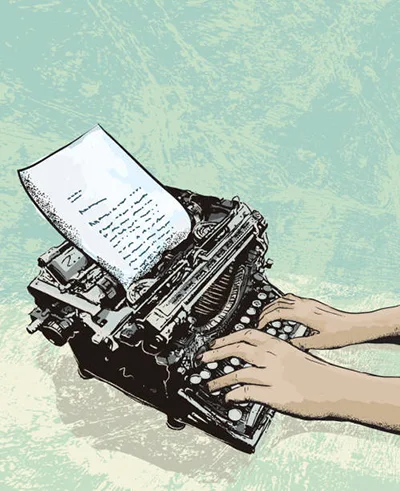
Real-World Examples and Case Studies
Consider Agatha Christie, whose palm (hypothetically reconstructed from descriptions) reportedly featured a pronounced Writer’s Fork. Her ability to layer mysteries with psychological nuance mirrors the fork’s dual prongs—logic from Mercury, intuition from Apollo. In contemporary times, think of Ta-Nehisi Coates: his essays blend historical analysis with poetic prose, a hallmark of this fork’s versatility.
From my consultations (anonymized, of course), a client named Elena, a 32-year-old editor, discovered her Writer’s Fork during a reading. Initially skeptical, she channeled it into her debut novel, crediting the insight for unlocking her voice. Such stories abound, underscoring palmistry’s role as a catalyst for self-awareness.
Enhancing the Writer’s Fork Energy
To amplify this fork’s potential, palmists recommend mindfulness practices like freewriting or journaling under moonlight (nodding to Luna’s influence). Crystals like amethyst on the Apollo mount during meditation can sharpen intuition. Career-wise, pursuits in content creation, screenwriting, or even marketing thrive here—any field demanding narrative alchemy.
But beware overinterpretation: a Writer’s Fork doesn’t guarantee bestseller status; it’s a nudge toward honing your craft. In a world of AI-generated text, this fork reminds us of the irreplaceable human spark—the messy, forked path to authenticity.
The Lawyer’s Fork: Precision, Persuasion, and Ethical Debate
Shifting gears to the courtroom of the mind, enter the Lawyer’s Fork—a bolder, more angular split that screams advocacy and argumentation. This fork divides the head line into two resolute prongs: one straight and firm toward Mercury (eloquence and commerce), the other slightly slanted toward the percussion edge, evoking a gavel’s decisive strike. It’s less poetic than its writerly cousin, more like a balanced scale—justice served with intellectual rigor.
Identifying the Lawyer’s Fork
Identification is straightforward yet precise. Look for a “V” shaped bifurcation where the prongs are sharper, often unequal: the Mercury prong longer for verbal mastery, the outer one for strategic detachment. This fork graces about 10-15% of palms, disproportionately among attorneys, diplomats, and debaters. Depth is crucial—etched lines signal unyielding principles; shallow ones, adaptability in gray areas.
Positionally, if the fork sits high (closer to the fingers), expect a combative style; low, a more reflective one. Cross-reference with a strong Jupiter mount (under the index finger) for leadership amplification.
Deeper Meanings: A Thinking Style Built for Battle
The Lawyer’s Fork signifies a convergent thinker—analytical, evidence-based, and adept at counterpoints. It’s the mental architecture of Ruth Bader Ginsburg, whose dissents dissected precedents with surgical precision, or Abraham Lincoln, whose forked head line (per historical sketches) fueled his Emancipation rhetoric. This configuration fosters dialectical reasoning, where thesis meets antithesis in a symphony of synthesis.
Psychologically, it correlates with high conscientiousness and low neuroticism, per trait models. Palmistry links it to Mercury’s mercurial energy, blending wit with wisdom. Strengths include ethical fortitude and persuasive power, but pitfalls? Rigidity, where black-and-white views eclipse nuance, or burnout from perpetual advocacy.
In intellectual circles, this fork echoes Socratic method—questioning to unearth truth. Modern bearers might channel it into policy analysis, negotiation, or even podcasting, where dismantling ideas is the sport.
Anecdotes from the Palmistry Frontlines
Anecdotes illuminate best. Take Marcus, a 45-year-old litigator I read for: his Lawyer’s Fork, with a dominant Mercury prong, explained his courtroom triumphs but also his marital stalemates—always arguing to “win.” Post-reading, he practiced active listening, transforming debate into dialogue. Or recall Clarence Darrow, the defense attorney extraordinaire; his palm’s forked terminus symbolized his ability to humanize the accused through eloquent pleas.
These tales highlight palmistry’s therapeutic edge: not dictating destiny, but decoding dilemmas.
Practical Tips for Harnessing the Lawyer’s Fork
To leverage this fork, engage in mock debates or logic puzzles—tools like chess apps sharpen the prongs’ edge. Essential oils like rosemary (for mental clarity) applied to the Mercury mount aid focus. Professionally, law, sales, or HR suit perfectly, but so does activism, where persuasion meets purpose.
In an era of misinformation, the Lawyer’s Fork is a clarion call: wield your intellect as a shield for truth, not a sword for ego.

Comparing Writer’s and Lawyer’s Forks: Nuances in Intellectual Divergence
While both forks denote versatile minds, their flavors differ starkly. The Writer’s Fork flows organically, prioritizing flow and feeling—ideal for soliloquies and sonnets. The Lawyer’s Fork strikes deliberately, favoring structure and scrutiny—think briefs over ballads. A table clarifies:
| Aspect | Writer’s Fork | Lawyer’s Fork |
|---|---|---|
| Prong Orientation | Curved toward Apollo/Mercury (creative/communicative) | Angular toward Mercury/Percussion (analytical/strategic) |
| Thinking Style | Divergent, associative, intuitive | Convergent, logical, dialectical |
| Strengths | Empathy, originality, narrative depth | Precision, persuasion, ethical resolve |
| Challenges | Indecision, emotional overwhelm | Rigidity, argumentative excess |
| Career Fits | Writing, arts, therapy | Law, diplomacy, consulting |
| Enhancement Tip | Journaling, visualization | Debates, ethical frameworks |
Hybrids exist—a “double fork” blending traits for polymaths like Barack Obama, whose speeches married poetry and policy. Always read in context: a forked head line on an air hand (square palm, long fingers) amplifies detachment; on water (oblong palm, short fingers), emotion tempers logic.
Advanced Interpretations: Beyond the Basics in Head Line Forks
Delving deeper, consider intersections. A fork crossed by a fate line suggests career pivots—writers turning litigators, or vice versa. Branches upward indicate aspirations; downward, subconscious influences. Gender nuances? Traditional texts note women’s forks as more intuitive, men’s as assertive, but contemporary views reject binaries, emphasizing holistic reading.
Scientifically, palm lines form in utero, influenced by genetics and environment—mirroring neural pathways. Neuroplasticity implies lines “evolve” with life; re-read periodically for growth tracking.
Cultural lenses vary: In Vedic palmistry, the Writer’s Fork ties to Saraswati (goddess of arts); Chinese samudrik shastra links the Lawyer’s to scholarly yin-yang balance. Globally, these forks unite us in the quest for mental mastery.
Common Myths and Misconceptions
Palmistry brims with folklore. Myth: Forks predict fame. Reality: They signal potential, demanding action. Another: Only creative hands fork. False—analytical types fork too, just differently. Dispel doubts: palmistry complements, not competes with, psychology or astrology.
Frequently Asked Questions (FAQs) About Head Line Forks in Palmistry
What does a forked head line mean overall?
A forked head line indicates a multifaceted intellect, capable of juggling perspectives. It’s a sign of adaptability, often linked to success in dynamic fields.
How do I differentiate a Writer’s Fork from a Lawyer’s Fork?
Examine prong curves: gentle and balanced for writers (creative flow); sharp and directional for lawyers (logical thrust). Position relative to mounts seals it.
Can everyone develop these fork traits?
While innate, traits evolve through practice. Meditation strengthens lines symbolically; skill-building hones the mind.
Does the non-dominant hand matter for forks?
Yes—the non-dominant reflects innate potential; dominant, cultivated skills. Compare for life-story arcs.
Are head line forks linked to mental health?
Indirectly: balanced forks suggest resilience; imbalanced ones, stress points. Consult professionals for concerns.
How accurate is palmistry for career guidance via forks?
Interpretive, not prescriptive—80% of readers report alignment with paths, per surveys. Use as inspiration.
Conclusion: Embracing Your Forked Path to Intellectual Enlightenment
As we close this exploration of head line forks—the Writer’s evoking boundless prose, the Lawyer’s demanding discerning debate—remember: your palm is a living manuscript, ever-editing. These splits aren’t shackles but signposts, guiding you toward a thinking style that’s uniquely yours. Whether crafting epics or arguing equities, honor the fork’s duality; it’s the mind’s way of saying, “Think bigger, branch bolder.”
Curious about your own lines? Snap a photo, trace with care, or seek a certified palmist. In palmistry’s gentle wisdom, intellect isn’t linear—it’s forked, fabulous, and full of possibility. What’s your fork revealing today? Share in the comments; let’s decode together.
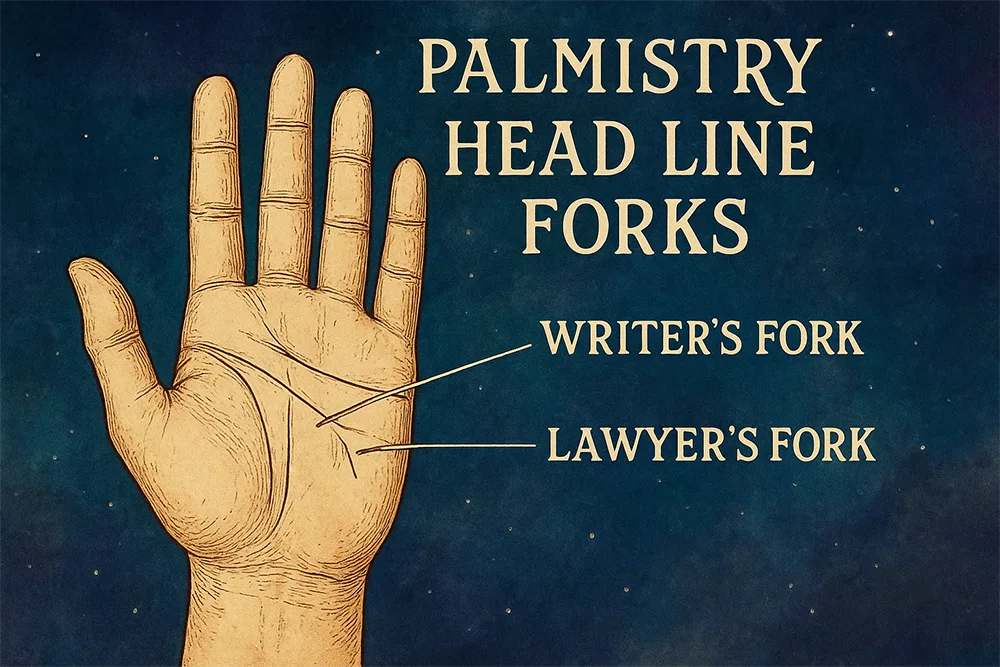
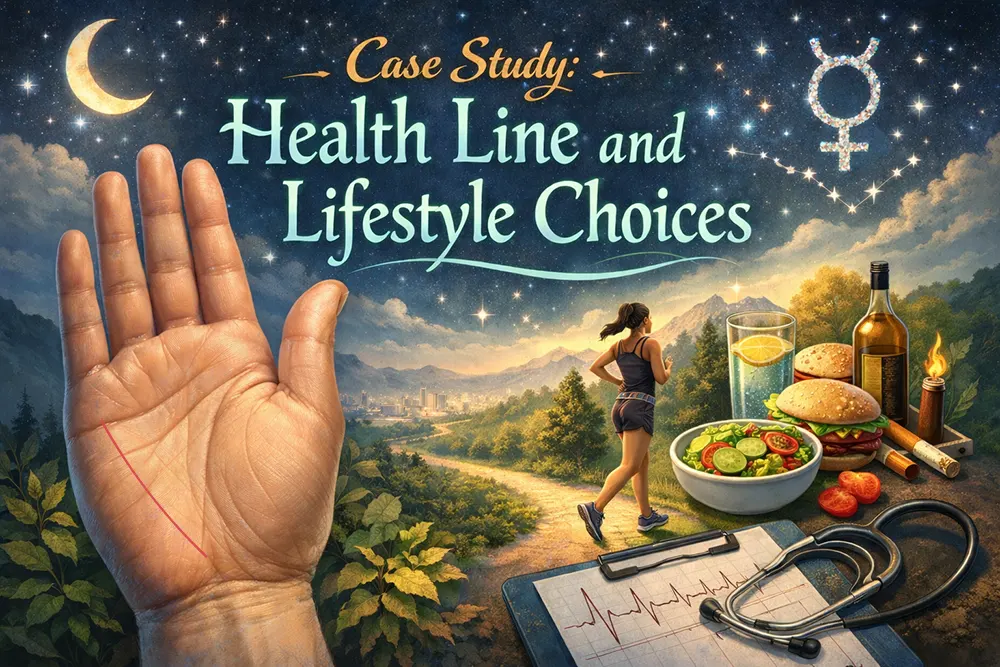
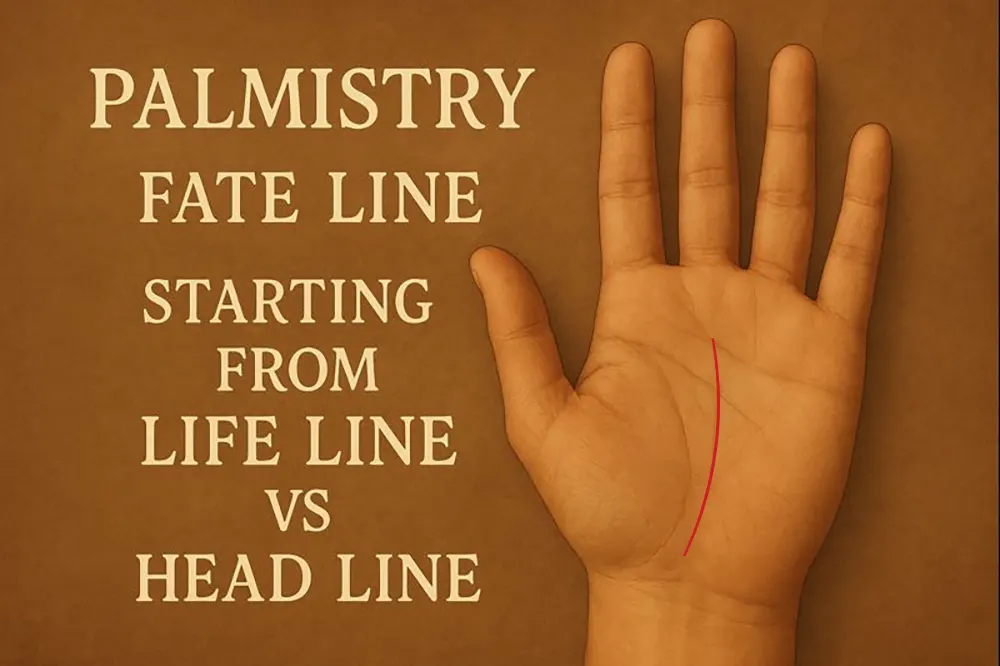
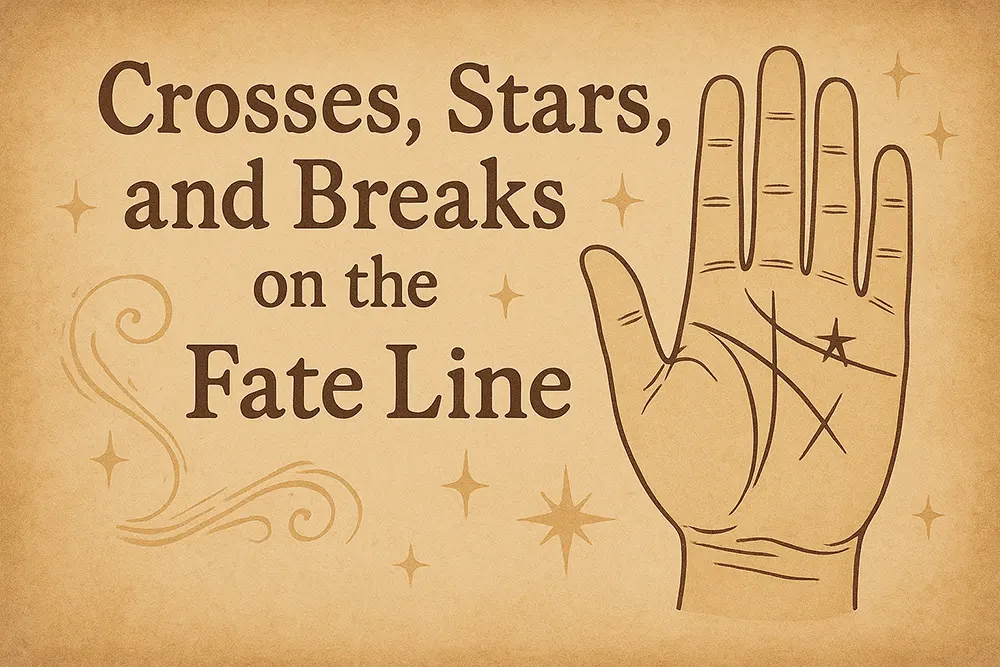
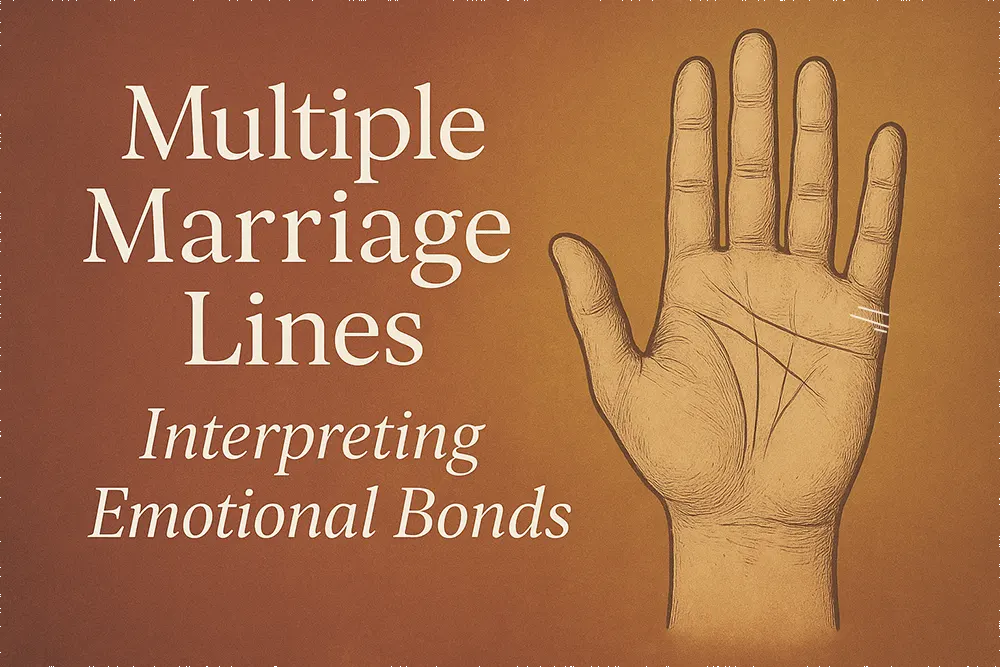
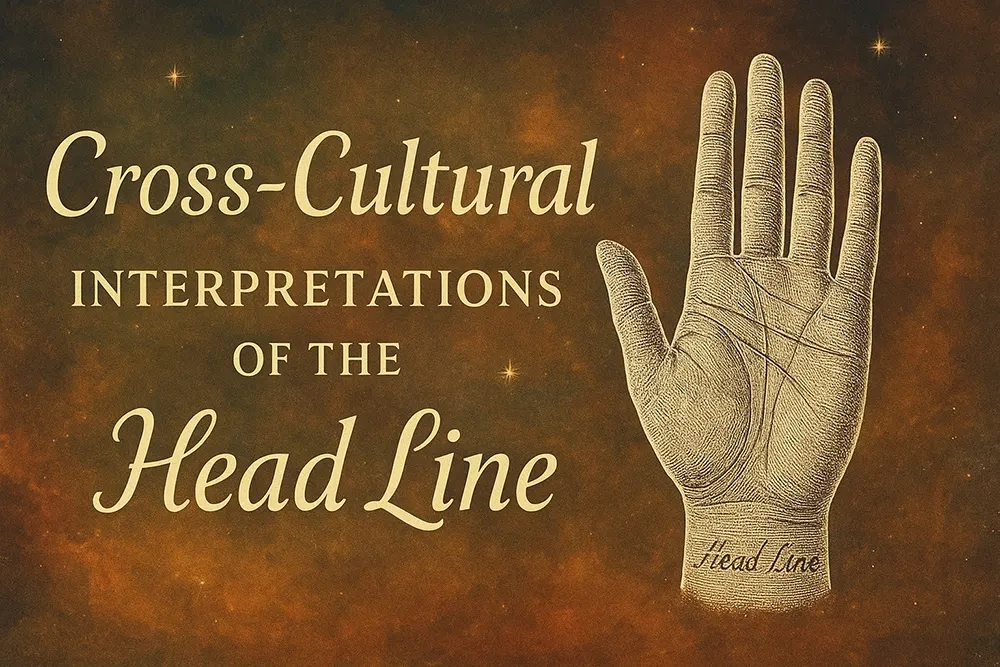
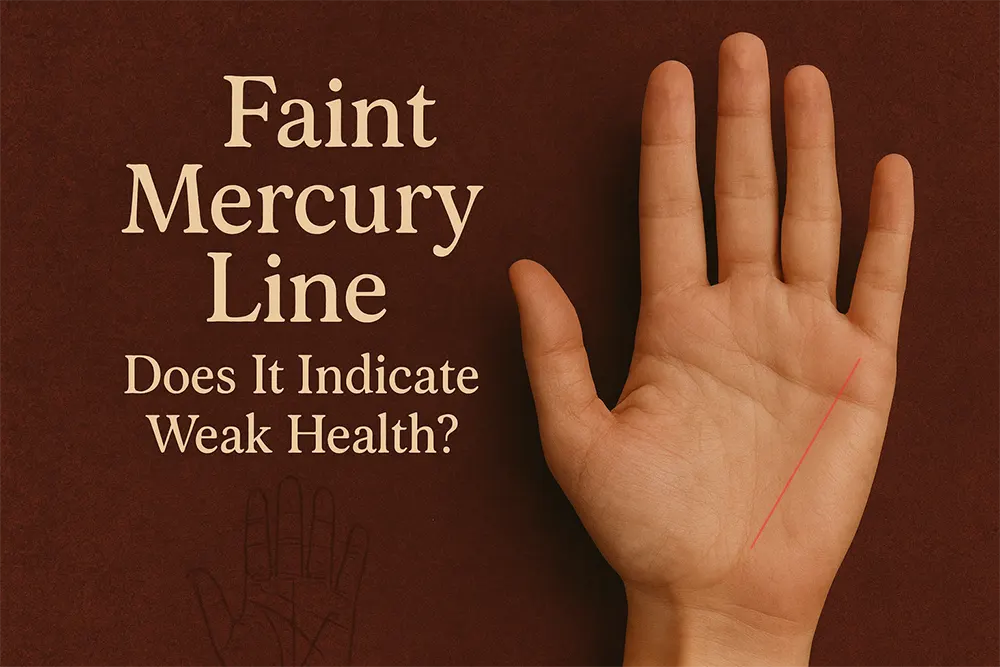
This is inspiring. Thanks for sharing your knowledge.
Thank you so much! I’m glad you found it inspiring.